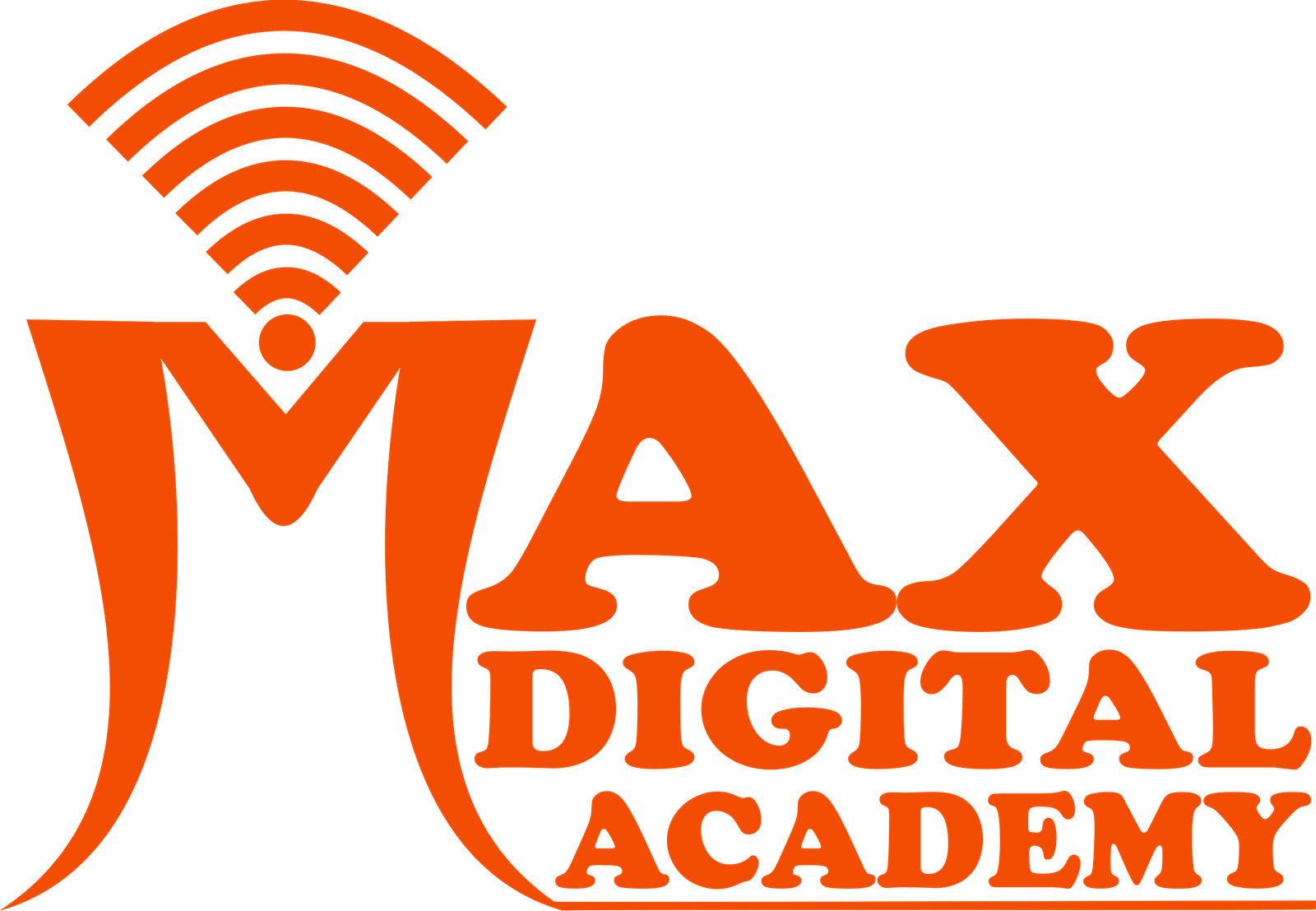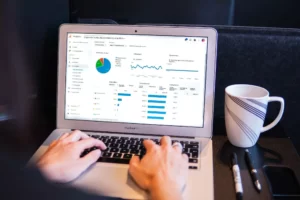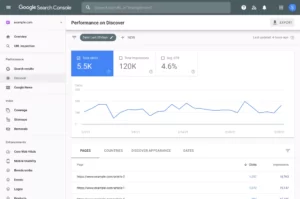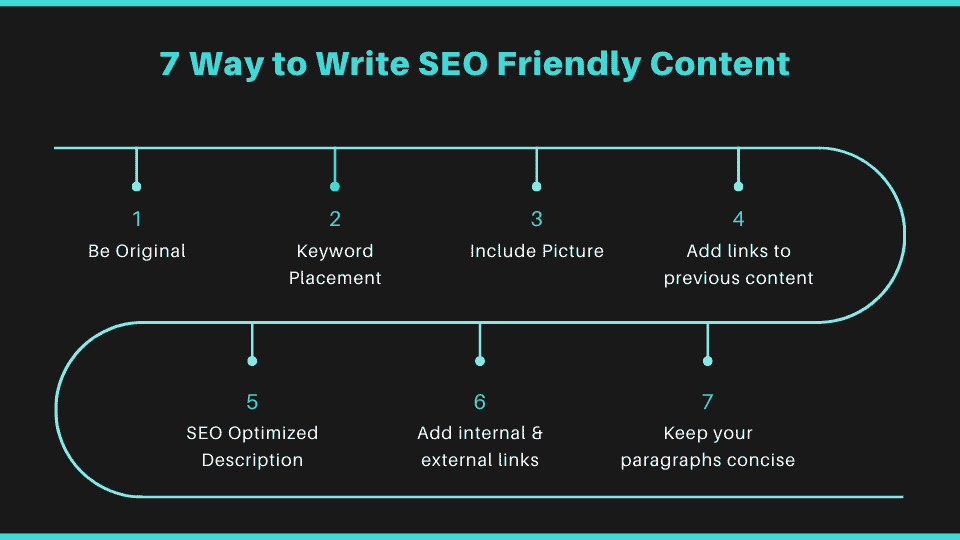Voice Search Optimization: Is Your Website Ready?
“Hey Siri, find me the best sushi restaurant nearby.”
Sound familiar? 🍣🗣️
In a world where our devices are becoming increasingly intelligent, voice search is revolutionizing the way we interact with technology. From smart speakers to smartphones, voice-activated assistants are now an integral part of our daily lives. But here’s the million-dollar question: Is your website ready for this voice-driven future?
As digital marketers and business owners, we’re facing a new challenge. While we’ve mastered traditional SEO, voice search optimization is a whole new ballgame. It’s not just about keywords anymore; it’s about understanding natural language, context, and user intent. If you’re not optimizing for voice search, you might be missing out on a significant chunk of potential traffic and customers. But don’t worry – we’ve got you covered. In this post, we’ll dive into the world of voice search SEO, exploring strategies to ensure your website is ready to welcome visitors from all corners of the digital realm.
What is Voice Search and Voice Search SEO?
Voice search is a technology that allows users to perform searches on the internet using voice commands instead of typing. This feature is commonly found in voice assistants such as Siri, Google Assistant, Alexa, and Cortana. As voice recognition technology advances, users are increasingly relying on voice search for quick and hands-free access to information.
Voice Search SEO (Search Engine Optimization) refers to the strategies and techniques used to optimize a website’s content, structure, and technical aspects to rank higher in voice search results. Unlike traditional SEO, which focuses primarily on text-based searches, voice search SEO emphasizes conversational queries, local intent, and featured snippets.
Voice search SEO: how to optimize for voice search
Understanding voice search behaviour
Voice search has revolutionized the way users interact with search engines and digital assistants. To effectively optimize for voice search, it’s crucial to understand the unique characteristics of voice search behavior:
- Natural language queries: Voice searches tend to be more conversational and longer than text-based searches. Users often phrase their queries as complete questions or sentences.
- Local intent: A significant portion of voice searches have local intent, with users seeking nearby businesses, services, or directions.
- Mobile-first: Voice searches are predominantly performed on mobile devices, making mobile optimization essential.
- Quick answers: Users expect immediate, concise answers to their voice queries.
- Featured snippets: Voice assistants often read out featured snippets as answers, making these highly valuable for voice search optimization.
Technical optimization for voice search
In addition to content optimization, technical aspects of your website play a crucial role in voice search performance:
- Mobile responsiveness: Ensure your website is fully responsive and provides an excellent mobile user experience.
- Page speed: Optimize your website’s loading speed, as voice search results often prioritize fast-loading pages.
- HTTPS: Implement secure HTTPS protocols to build trust and improve search engine rankings.
- XML sitemaps: Create and submit comprehensive XML sitemaps to help search engines crawl and index your content efficiently.
- Canonical tags: Use canonical tags to avoid duplicate content issues and ensure the correct pages are shown in voice search results.
- Structured data markup: Implement schema markup to provide search engines with additional context about your content.
- AMP (Accelerated Mobile Pages): Consider implementing AMP for faster loading on mobile devices, which can improve voice search performance.
To illustrate the impact of technical optimization on voice search performance, consider the following table:
| Technical Factor | Impact on Voice Search |
| Mobile responsiveness | High – Essential for mobile-first voice searches |
| Page speed | High – Faster pages are more likely to be selected for voice results |
| HTTPS | Medium – Secure sites are preferred by search engines |
| XML sitemaps | Medium – Helps search engines discover and index content |
| Canonical tags | Medium – Ensures the correct pages are shown in results |
| Structured data | High – Provides context and improves chances of featured snippets |
| AMP | Medium – Can improve mobile performance and user experience |
Optimizing for local voice searches
Local voice searches are a significant portion of voice queries, making local SEO crucial for voice search optimization. Here are strategies to improve your local voice search presence:
- Claim and optimize Google My Business listing: Ensure your business information is accurate, complete, and up to date on Google My Business.
- Consistency in NAP information: Maintain consistent Name, Address, and Phone number (NAP) information across all online directories and platforms.
- Local content creation: Develop content that focuses on local events, news, and topics relevant to your business’s location.
- Location-specific pages: Create dedicated pages for each location if your business has multiple locations.
- Local schema markup: Implement local business schema markup to provide search engines with detailed information about your business.
- Encourage and manage reviews: Actively seek and respond to customer reviews, as they play a crucial role in local search rankings.
- Optimize for “near me” searches: Include phrases like “near me” or “in [city name]” in your content and metadata to capture local voice searches.
Here’s a table summarizing the key elements of local voice search optimization:
| Local SEO Element | Importance for Voice Search | Implementation Tips |
| Google My Business | High | Claim listing, provide accurate info, add photos and posts |
| NAP consistency | High | Use exact same format across all online platforms |
| Local content | Medium | Create blog posts, events, and news articles about local topics |
| Location pages | Medium | Develop unique pages for each business location |
| Local schema markup | High | Implement schema.org/LocalBusiness markup |
| Customer reviews | High | Encourage reviews, respond promptly to all feedback |
| “Near me” optimization | High | Include location-specific phrases in content and metadata |
Addressing voice search challenges
While optimizing for voice search presents numerous opportunities, it also comes with unique challenges. Here are some common issues and strategies to address them:
- Difficulty in tracking voice search queries: There’s no comprehensive way to track voice search queries separately from text-based searches.
- Solution: Focus on long-tail, conversational keywords and monitor their performance as a proxy for voice search success.
- Varying results across devices: Different voice assistants may provide different results for the same query.
- Solution: Optimize for multiple platforms and ensure your content is accessible and well-structured for all major voice assistants.
- Privacy concerns: Users may be hesitant to use voice search due to privacy issues.
- Solution: Emphasize your website’s security measures and transparent data practices to build trust with users.
- Language and accent variations: Voice recognition technology may struggle with diverse accents and languages.
- Solution: If targeting a global audience, consider creating content in multiple languages and accounting for regional variations.
- Lack of visual content in voice search results: Voice searches often rely solely on auditory information.
- Solution: Ensure your content can stand alone without visual elements and consider creating audio-friendly versions of key information.
- Rapid technological changes: Voice search technology is evolving quickly, requiring constant adaptation.
- Solution: Stay informed about the latest voice search trends and regularly update your optimization strategies.
The Use of Voice Search SEO for Digital Marketers in the Modern World
In today’s fast-paced digital environment, voice search is reshaping the way users interact with search engines. Digital marketers must adapt their SEO strategies to cater to this shift. Here are some keyways voice search SEO benefits digital marketing:
- Enhanced User Experience – Optimizing for voice search improves site usability, mobile responsiveness, and faster access to relevant information.
- Higher Visibility in Search Results – Featured snippets and direct answers increase a brand’s exposure in search engine rankings.
- Increased Local Search Traffic – Voice searches often include local intent, making it crucial for businesses to optimize for “near me” searches.
- Improved Conversion Rates – Since voice search queries are more specific and action-driven, they often result in higher conversion rates.
- Competitive Advantage – Early adoption of voice search SEO gives businesses an edge over competitors who rely solely on traditional search optimization.
- Integration with Smart Devices – As smart speakers and IoT devices become more popular, brands optimizing for voice search can tap into a growing user base.
- Better Understanding of Consumer Behavior – Voice search data helps marketers analyze user intent and preferences, leading to more targeted campaigns.
- Stronger Brand Authority – Providing accurate and relevant voice search results enhances credibility and positions a brand as an industry leader.
🎯 Conclusion
Voice search is no longer a futuristic concept—it is already influencing the digital landscape. With more users relying on voice assistants for everyday searches, businesses must ensure their websites are optimized for voice search. Implementing voice search SEO strategies, such as using natural language, optimizing for featured snippets, improving mobile responsiveness, and leveraging local SEO, can help websites stay ahead of the competition.
For digital marketers, embracing voice search SEO is essential to maintaining relevance and enhancing user experience. As technology evolves, continuous adaptation and optimization will be key to success in this voice-driven era.
🔊 Is your website ready for the future of search? Start optimizing today and stay ahead in the ever-changing digital world. 🚀 Follow Max Digital Academy for more such news and updates!





















